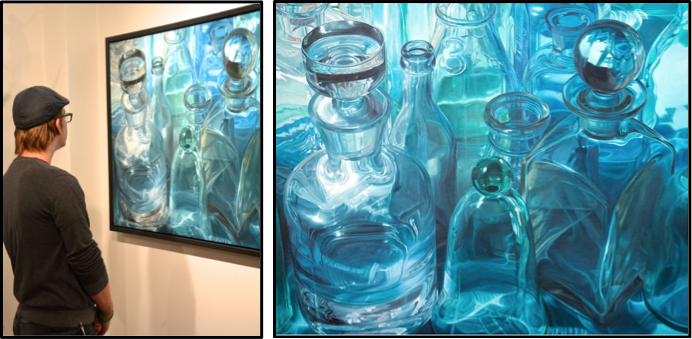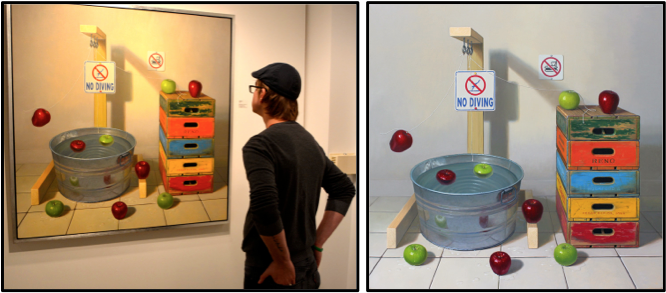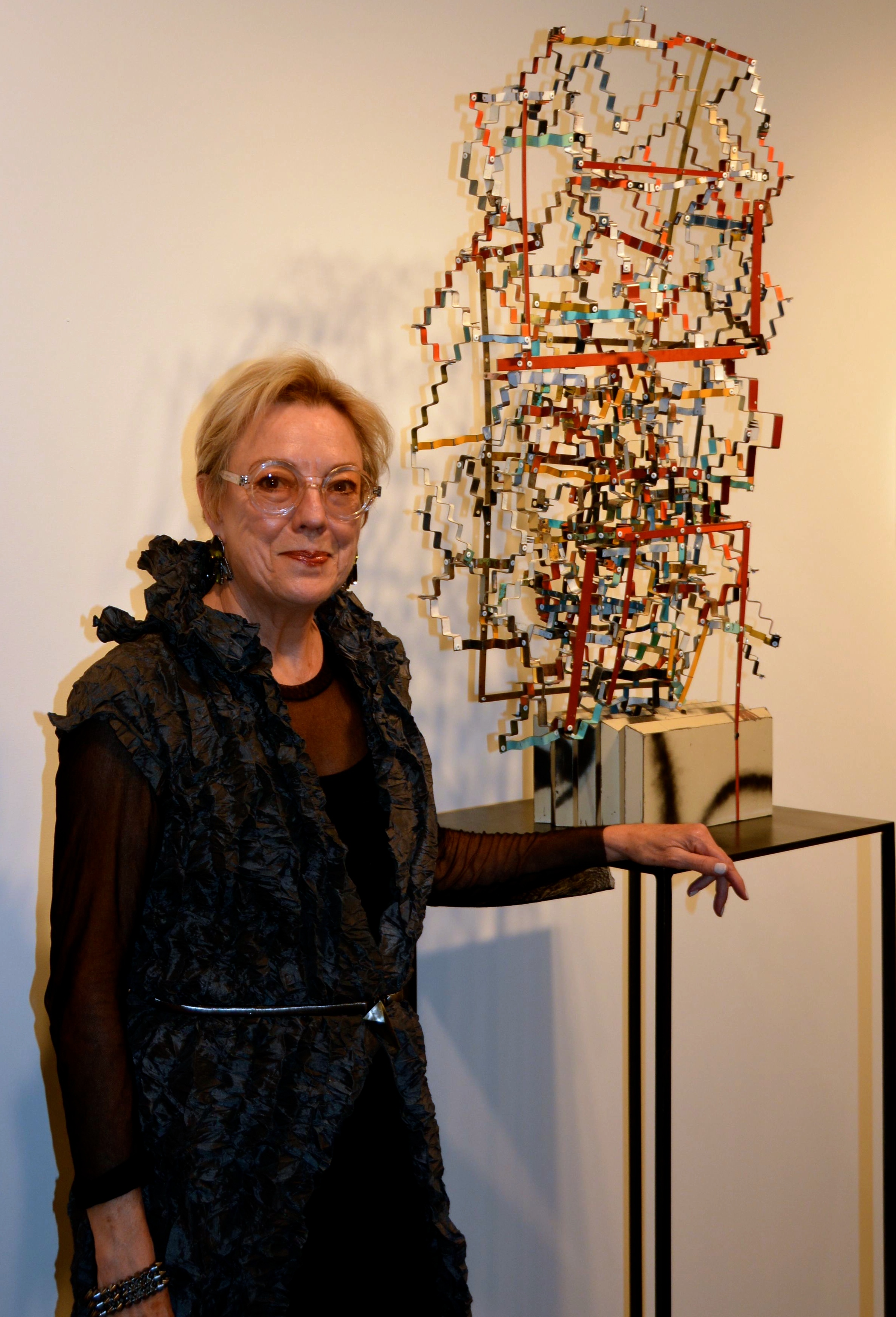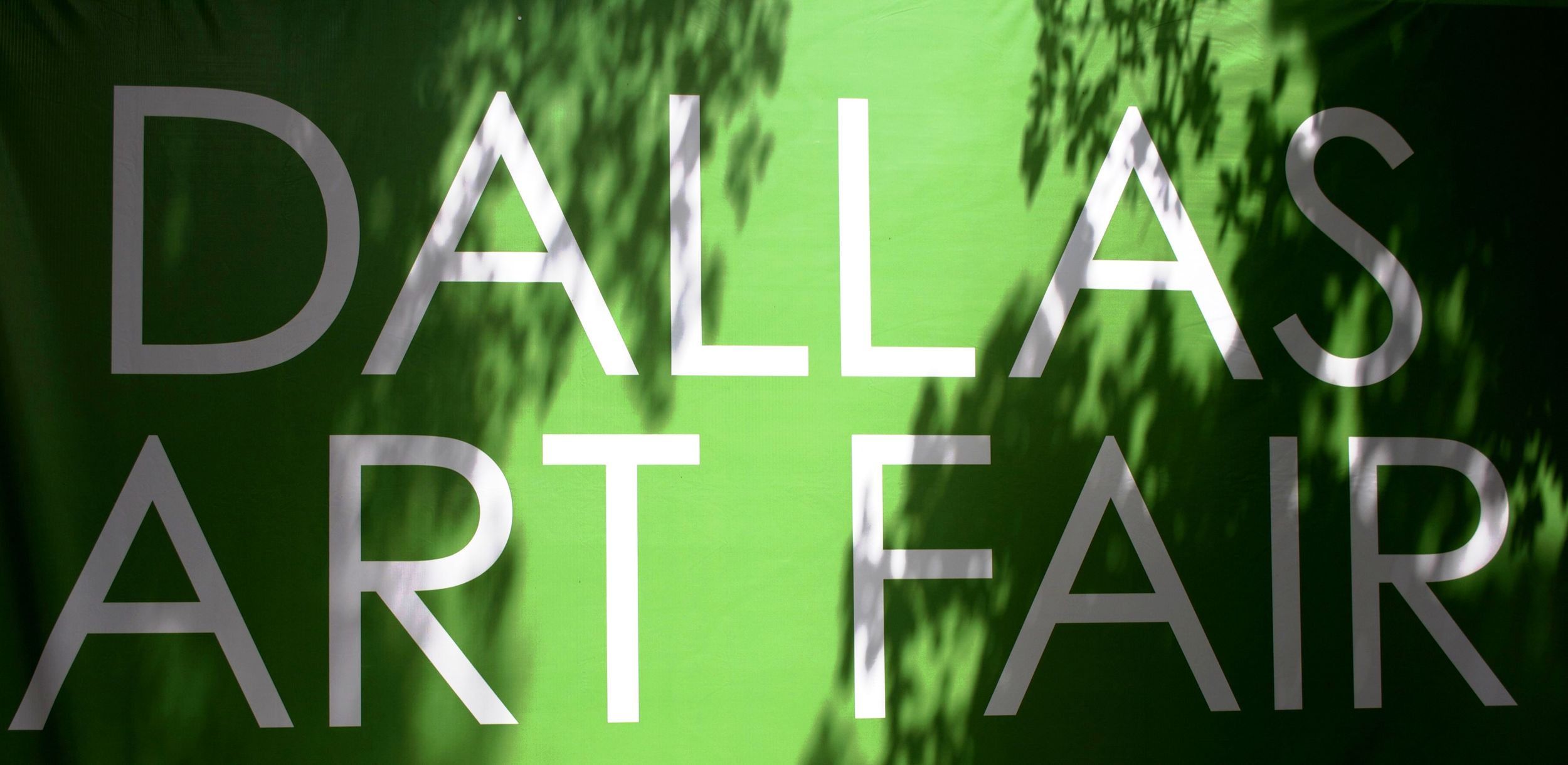This Ode to the Tire Kicker was originally posted in 2012, but we here at Signet Art are left in wearied bemusement at the chutzpa of this particular type of client...or non-client, I should say. They contact us with regularity and never cease to surprise, impress, astound and many times insult us with their inquiries and requests for our professional assistance. The Kicker is an interesting beast; they come armed with art (which they have questions about), the internet (of which they believe they are an expert researcher), a need to know answers (immediately), and empty pockets to pay for our services. It is an oldie but a goodie, we hope you enjoy!
Four years to earn my Bachelor's in Art History plus almost four years under the tutelage of our certified appraiser of fine art, who herself also has a degree in the arts and has been appraising for over 26 years . . . and a large portion of our time is utilized handling the tire kickers. What is a tire kicker? You know them; they are indecisive about purchasing a product or service, and never feel satisfied with what they are offered. The calls usually start like this:
"Hi, I have an original Bill of Rights. What's that worth?"
"I have a Declaration of Independence I found in a house we just purchased. Can you tell me its value?
One of my all-time favorites, "I have one of the Last Suppers, how much can I sell it for?"
You think I'm kidding; these come in at extreme regularity.
"I know it's expensive 'cause I just saw it in a museum."
"I have a painting by 'Insert Name of Well-known Artist Here'. Can you tell me how much that's worth?"
Once we get past the initial issues- "No, ma'am. I promise you don't have one of the Last Suppers." - and talk about their need for an appraisal and the services we can provide, it only gets worse.
"You mean there's a charge?"
This is where my brain does its best to keep me from kicking the tire kicker right back through the phone. I want to reply that, "No, I was only kidding, there's no charge. We do this as a hobby, you know, just to pass the time."
By their nature the tire kicker is a persistent beast, and explaining our services and how we can help does not dissuade them. In fact it only makes them squint their eyes and change tactics.
"Well, can I just e-mail you a picture and then you can tell me if it's worth getting a consult?"
I say "No" and explain to them when you transfer a piece from one medium to another, i.e. from an oil on canvas to a JPEG image, it only hinders the inspection. There are reasons an appraiser needs to physically view and inspect your artwork. But, again, explanation only bounces off their thick rubbery skin; they are after free information, and will stop at nothing to try and get it.
"Yes ma'am. Our appraiser charges for her time." "Well I don't want to pay for an appraisal or a verbal consult if the art isn't worth anything, do you know any place I can call that doesn't charge?" (Seriously . . . I get asked this almost every day) "No ma'am. Any appraiser out there worth their salt is going to charge you for their time."
Again, I have to suppress my inner monologue that wants to wish them the best of luck searching Google for three hours, having no idea what they are actually looking for. But, I try to remain polite and professional and usually manage to do so . . . usually . . . at least 90/10 . . . ok, maybe 80/20.
By this time if the conversation has yet to penetrate and they persist . . . "It's a landscape with a small boat and it has a signature at the bottom and its beautiful, I can just tell it's valuable. I have good taste." . . . we politely draw the analogy to the doctor they happily visit when they are sick, who has years of training and valuable knowledge and also refuses to diagnose them over the phone.
We have a love/hate relationship with the popularity of shows like "The Antiques Road Show", "Pawn Stars" and "Storage Wars". We love them because they are entertaining shows that have spurred an increased fascination with the value of personal property and we all benefit from that. We enjoy the shows and like seeing treasures found in Grandma's cellar just like anyone else, but these shows give the impression and reinforce the idea that expertise should be free. The viewers don't understand when they see an expert on "Pawn Stars" tell someone all they would ever and could ever need to know about their piece, that they are appearing as a marketing tool. They are advertising themselves as an expert in their field, and are advertising their business. Which, as a note to the magic of television, these experts are often portrayed as having their frontal lobe packed full of answers on any and all items in their field they just can't wait to get out. This isn't a bad thing, it's good T.V. in fact, but in actuality the expert is given ample time to see, inspect, examine and research the items he or she will be commenting on. It's true. We've done it here at Signet and many of our colleagues within the art world have as well. The tire kicker does not understand this and expects the floodgates of information to come bursting open when they describe their item. "Have you heard of the artist? It is signed at the bottom, I think it says G I C L E E . . ."
The rise in popularity of shows like these are why Signet Art started offering quick, professional verbal consultation appointments many years ago. "Well, what's a verbal consultation?" The verbal consult is a quick, in-office examination and advise session with the appraiser. We recommend the verbals for clients who need a professionally trained eye to give them expert advice and direction with their artwork, but who do not need a written appraisal report.
The era of Wikipedia, Yahoo and Google has too many convinced that if you just spend enough time online, you're an expert. The tire kickers are certainly under this impression, and it's not entirely their fault. Technology has been advertised for years as able to give you access to all the information you could ever need, right at your fingertips. This, as anyone who has spent time out in the light of the real world would tell you, is false. There is training for a reason and there are experts for a reason.
It comes down to virtual images versus actual hands-on inspection. If you do not know the "what" of what you have and you search online, you end up comparing JPEGs with JPEGs. Thousands of online images with other images that, probably, are in no way related. This isn't even close to comparing apples with apples, it's more like comparing windsocks with helicopters- they both are outside, sure, but one costs a hundred bucks and one costs a few hundred thousand. The online search to get real answers to your fine art can be very misleading and dangerous when you don't know what you are, or should be, really looking for.
Just because you send us a picture of a Salvador Dali piece, for example, does not mean that is what you have. Dali, like most artists, worked in many mediums and styles; oil on canvas, wood cuts, etchings, pen and pencil sketches, sculpture in both wood and metals. . . and you may just have a poster, but you are looking online at his oils on canvas going for millions at auction and you are already dreaming of your new two-story by the lake. "But I thought prints were still valuable? It's numbered at the bottom and is signed. Did I mention it was signed? It has a signature. . ." The type of a print needs to be determined. Color lithograph, offset-lithograph, serigraph, woodcut, etching, mezzotint, engraving, a monotype . . . all are printmaking methods, and each vary in value and collectability, multiple factors must be considered.
Expertise in the art world is built upon years of handling and looking at actual artworks, and years of research and investigation within the field. Actually recognizing surface quality and textures, being able to determine the medium, condition, age and whether or not items are authentic.
So, once I've held firm for the entire conversation and have explained thoroughly what we can offer them, the tire kicker gives and decides they, "will think about it and will call back to schedule an appointment." I hang up the phone, then go wash the tread marks off my face before the next one comes.
-M.P. Callender







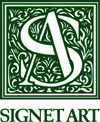
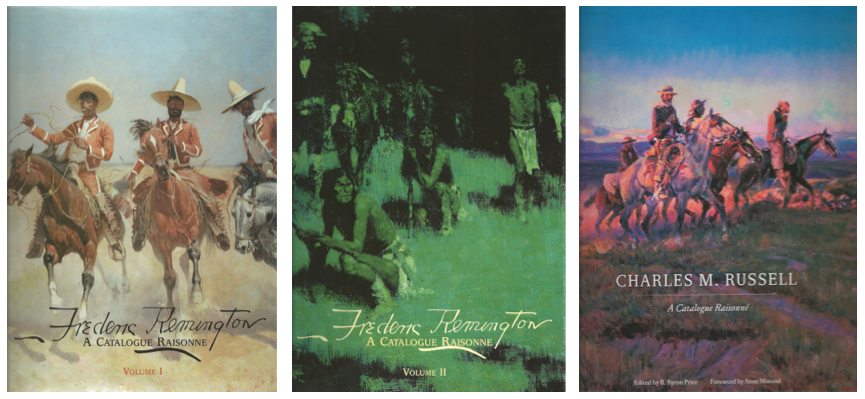
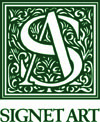
 A few months ago I got an email notification for the Foundation for Appraisal Education’s (FAE) annual seminar. The speakers sounded intriguing and the chance to escape the Texas heat for a few days in the San Francisco Bay area made the attendance enticing. Yes, I assumed we would be busy with work and would have to set things aside for a few days, but appraisers are just human. We need rest, relaxation and inspiration like other mere mortals. So, I signed us up. The ‘us’ included my able assistant Matthew Callender, our respective spouses, and myself. Why not combine a few days learning with a few days of R & R over the weekend?
We landed at SFO to a cloudless day and temperature of 72°--already a mood shifting change for the better. Don’t get me wrong, as a native of Texas I am a big booster of our state, but even I know that anyone with brains and money tries to leave Texas for cooler climates in the middle of the summer. Most of this summer has been mild but I have been clinging to the hope of this trip in order to get through the last few weeks of sweltering weather. We made our way to Alameda across the bay and checked in. Then made our way to the opening reception of the conference, hosted this year by Michaan’s Auction house.
A few months ago I got an email notification for the Foundation for Appraisal Education’s (FAE) annual seminar. The speakers sounded intriguing and the chance to escape the Texas heat for a few days in the San Francisco Bay area made the attendance enticing. Yes, I assumed we would be busy with work and would have to set things aside for a few days, but appraisers are just human. We need rest, relaxation and inspiration like other mere mortals. So, I signed us up. The ‘us’ included my able assistant Matthew Callender, our respective spouses, and myself. Why not combine a few days learning with a few days of R & R over the weekend?
We landed at SFO to a cloudless day and temperature of 72°--already a mood shifting change for the better. Don’t get me wrong, as a native of Texas I am a big booster of our state, but even I know that anyone with brains and money tries to leave Texas for cooler climates in the middle of the summer. Most of this summer has been mild but I have been clinging to the hope of this trip in order to get through the last few weeks of sweltering weather. We made our way to Alameda across the bay and checked in. Then made our way to the opening reception of the conference, hosted this year by Michaan’s Auction house.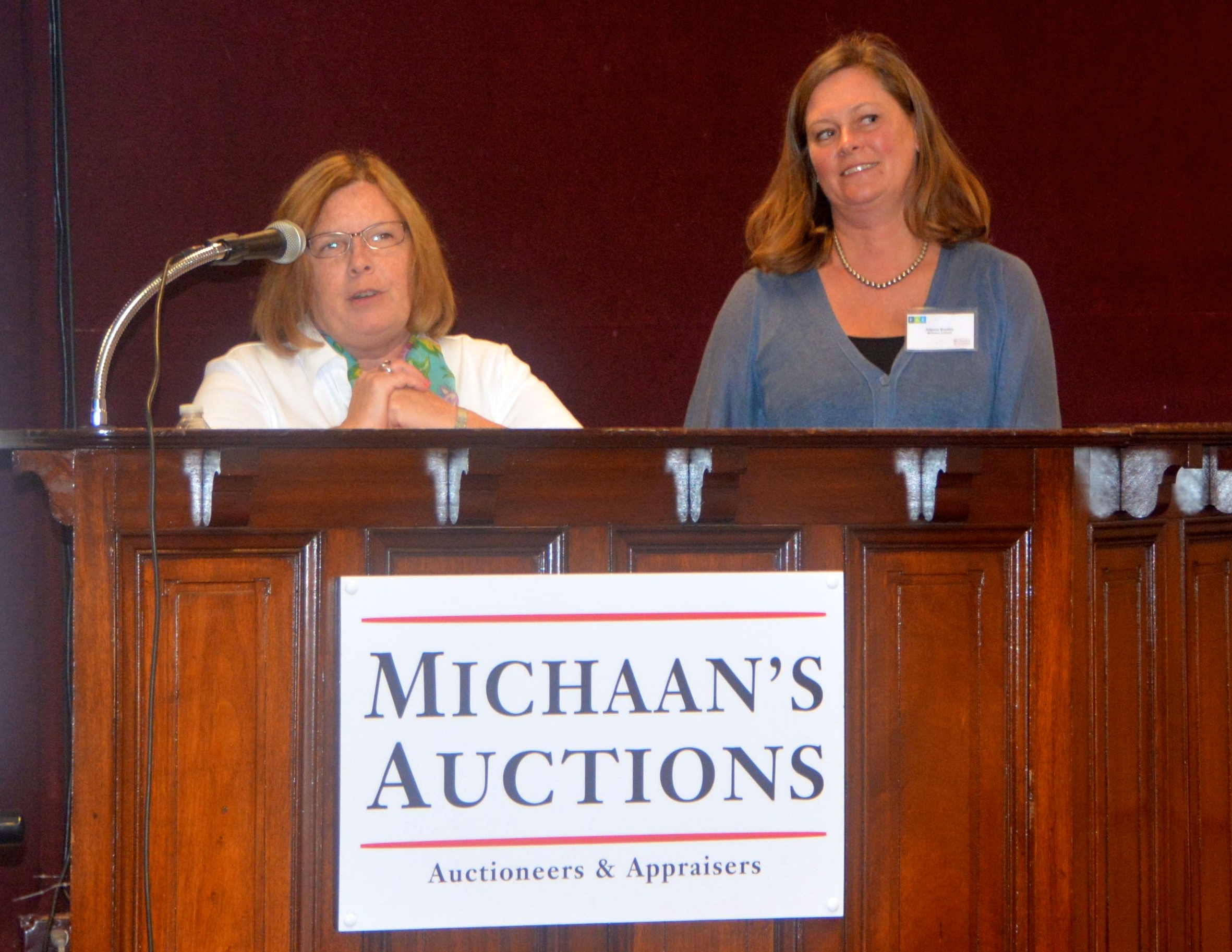

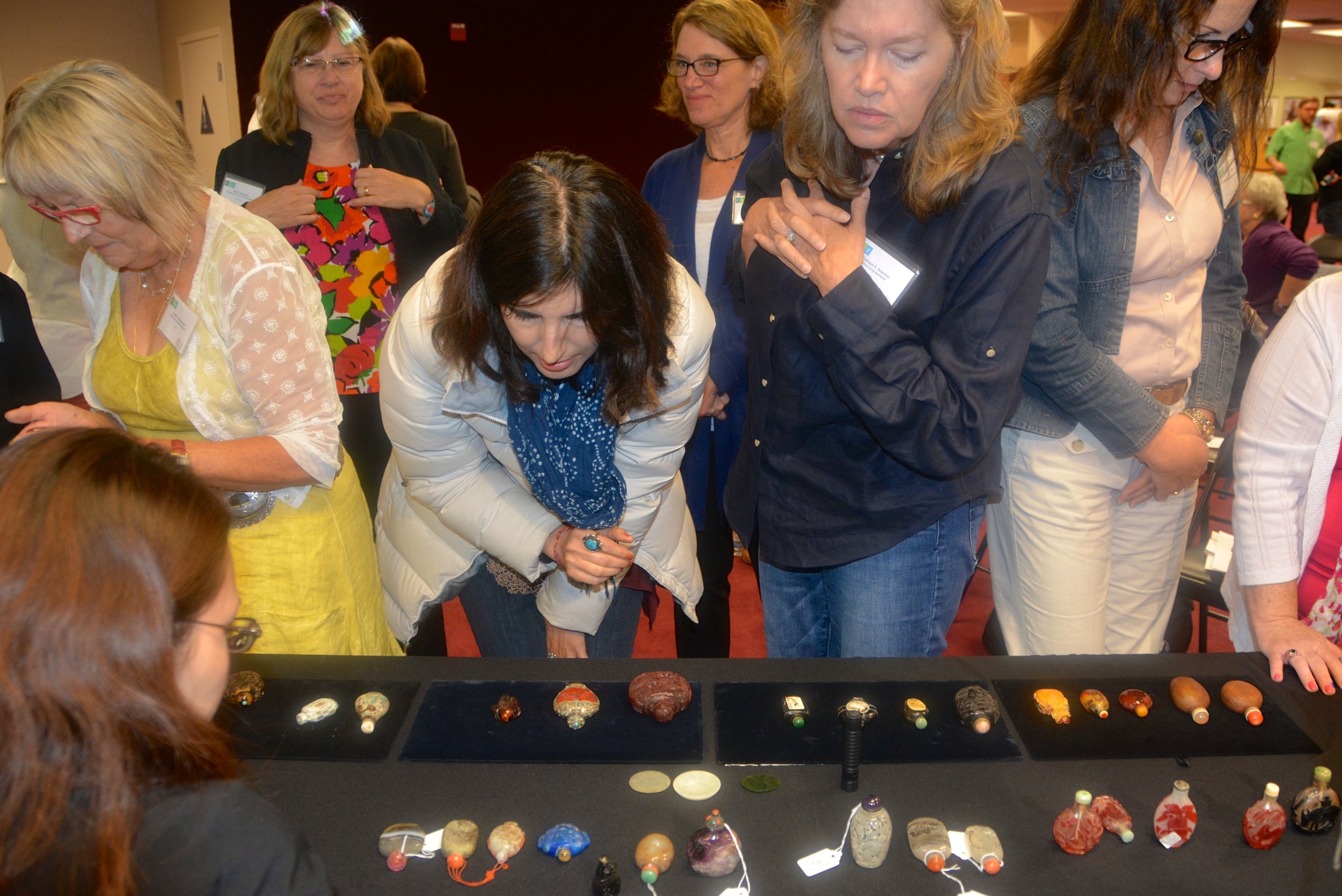
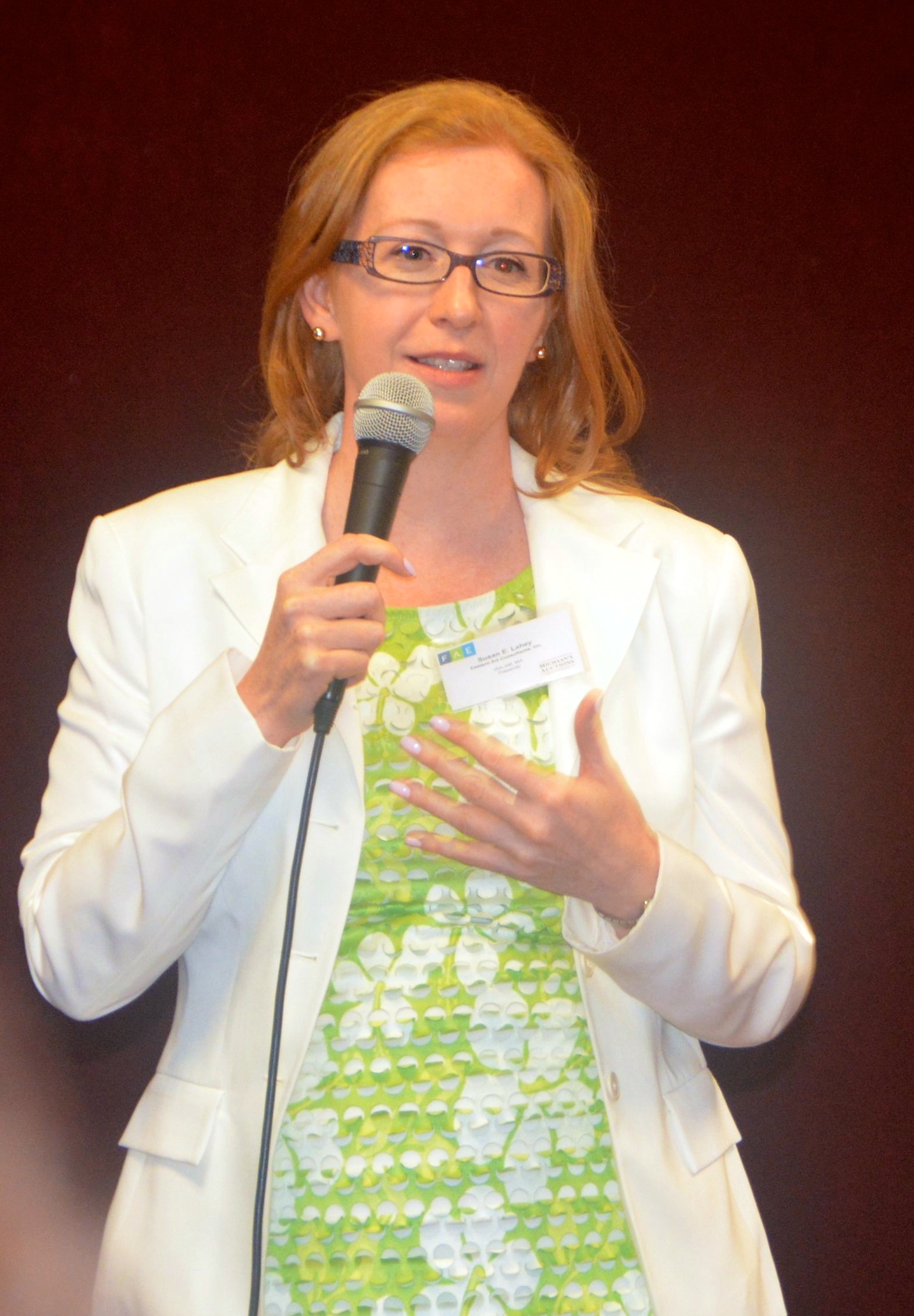
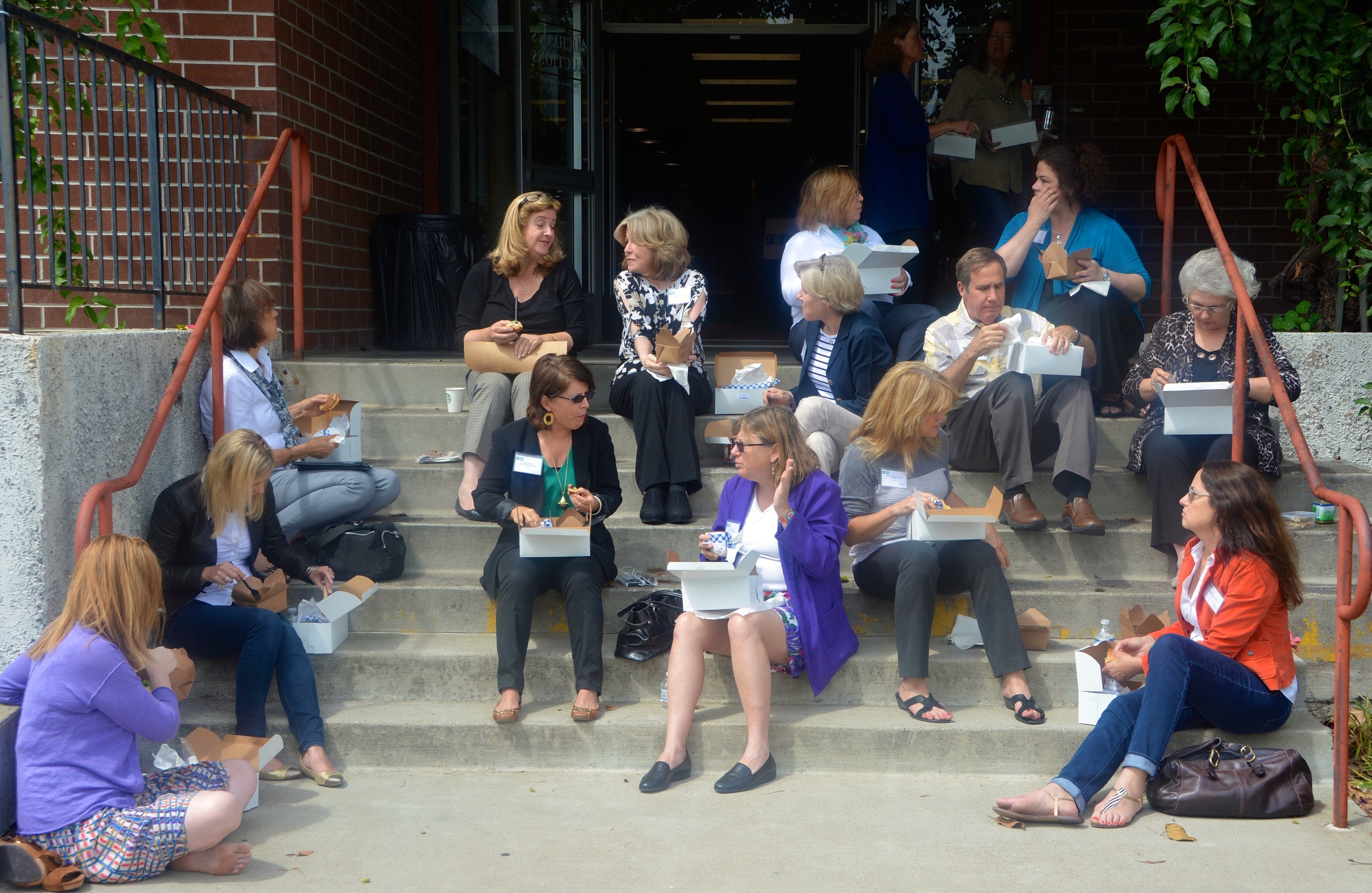
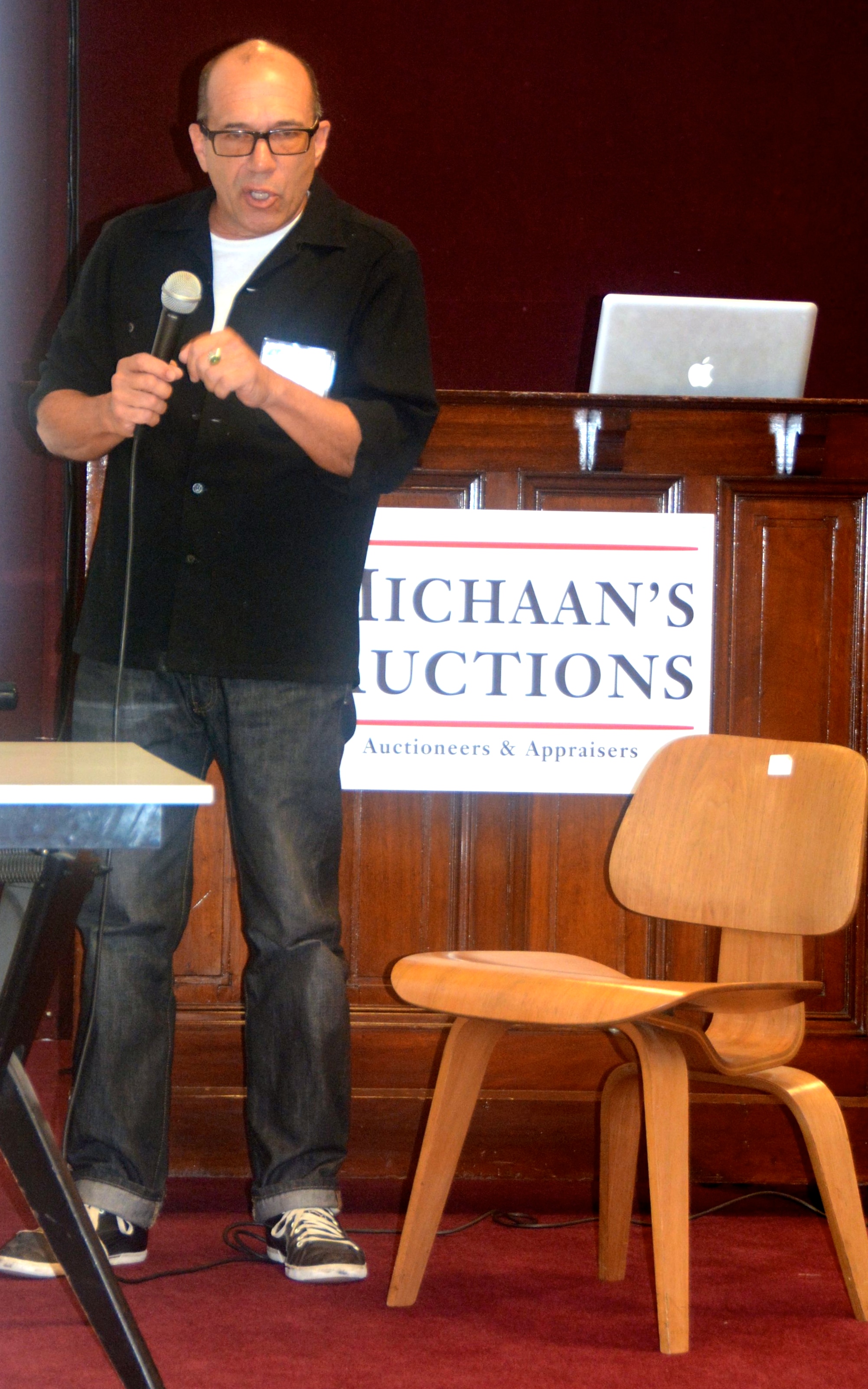
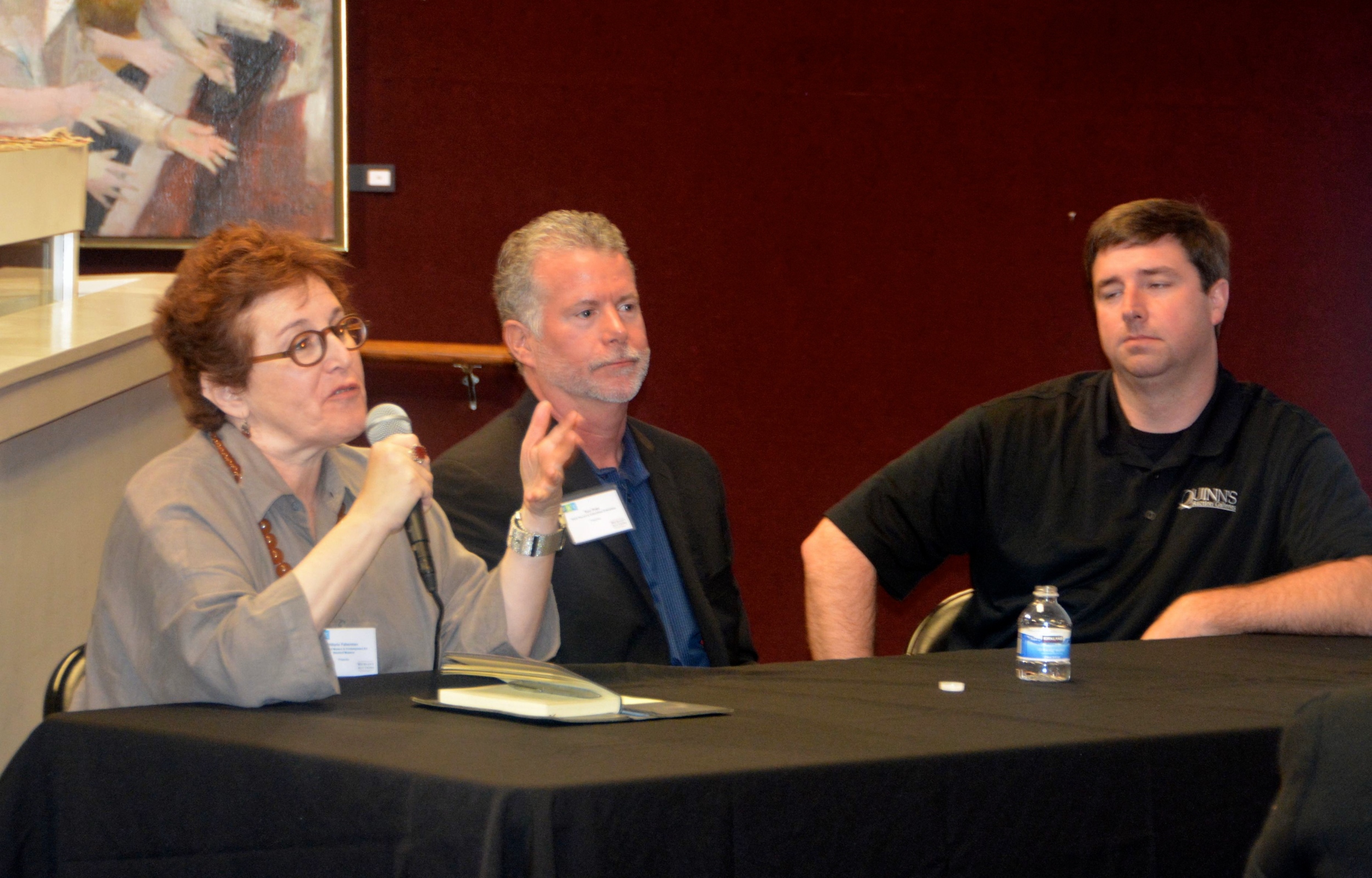
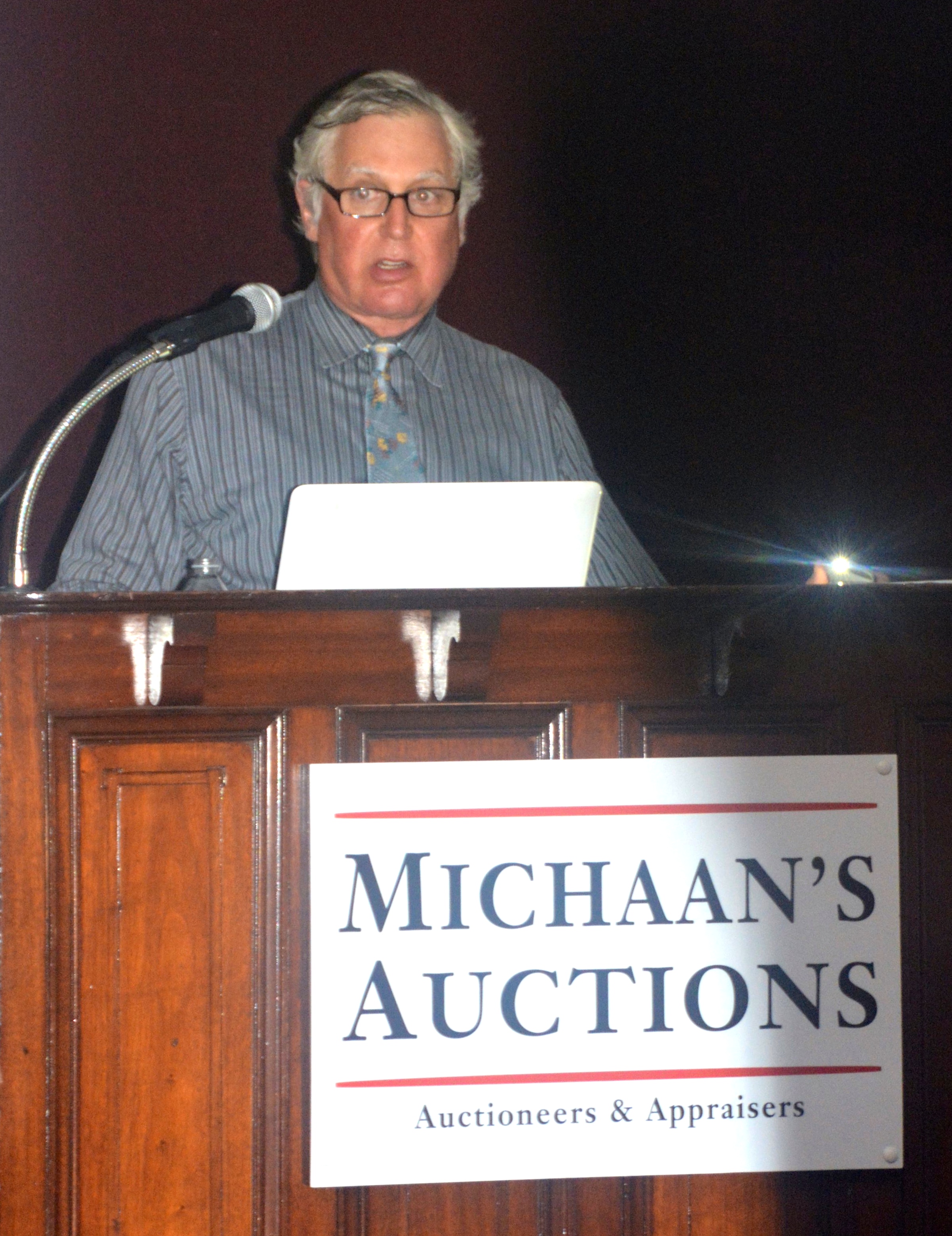
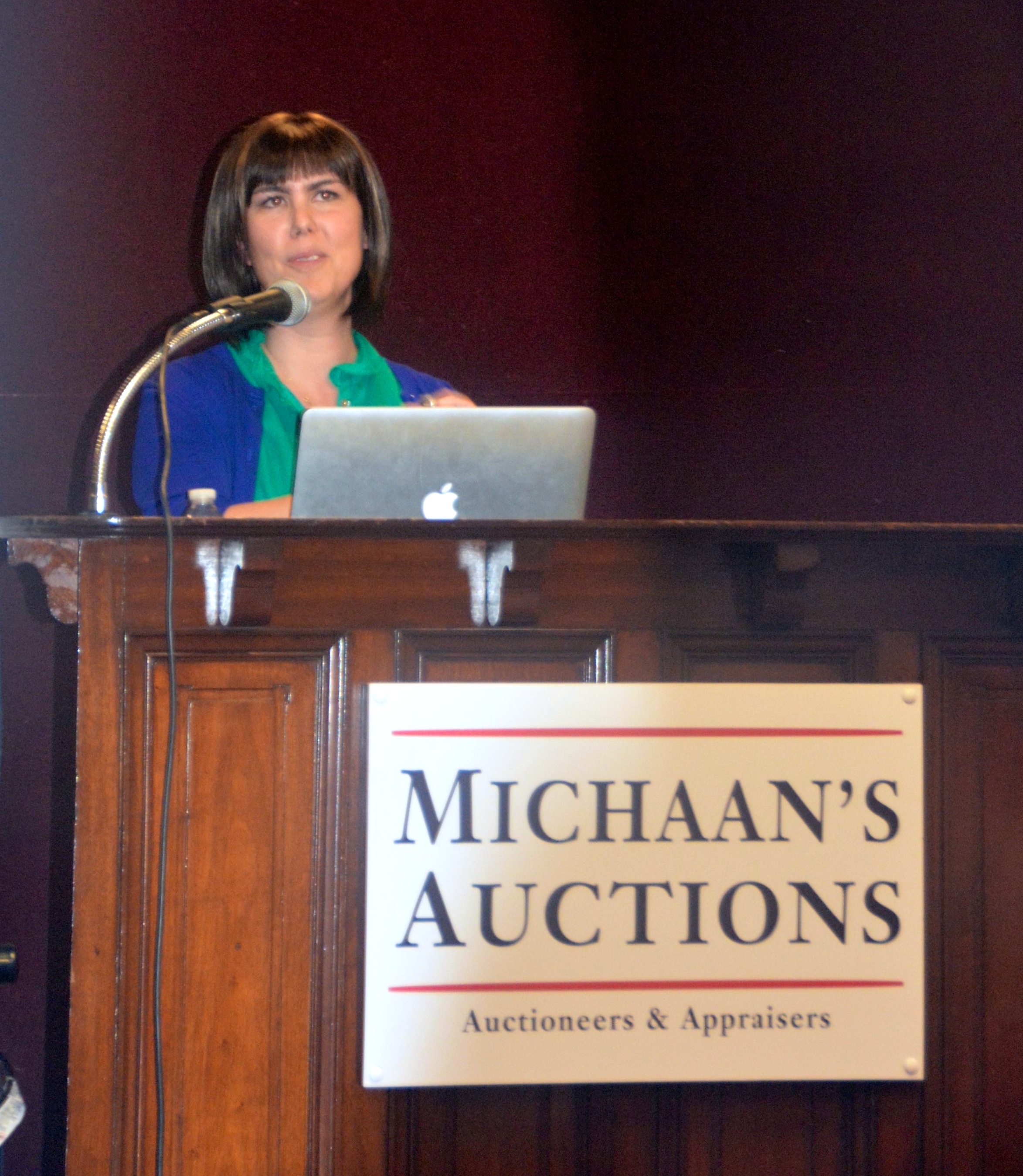
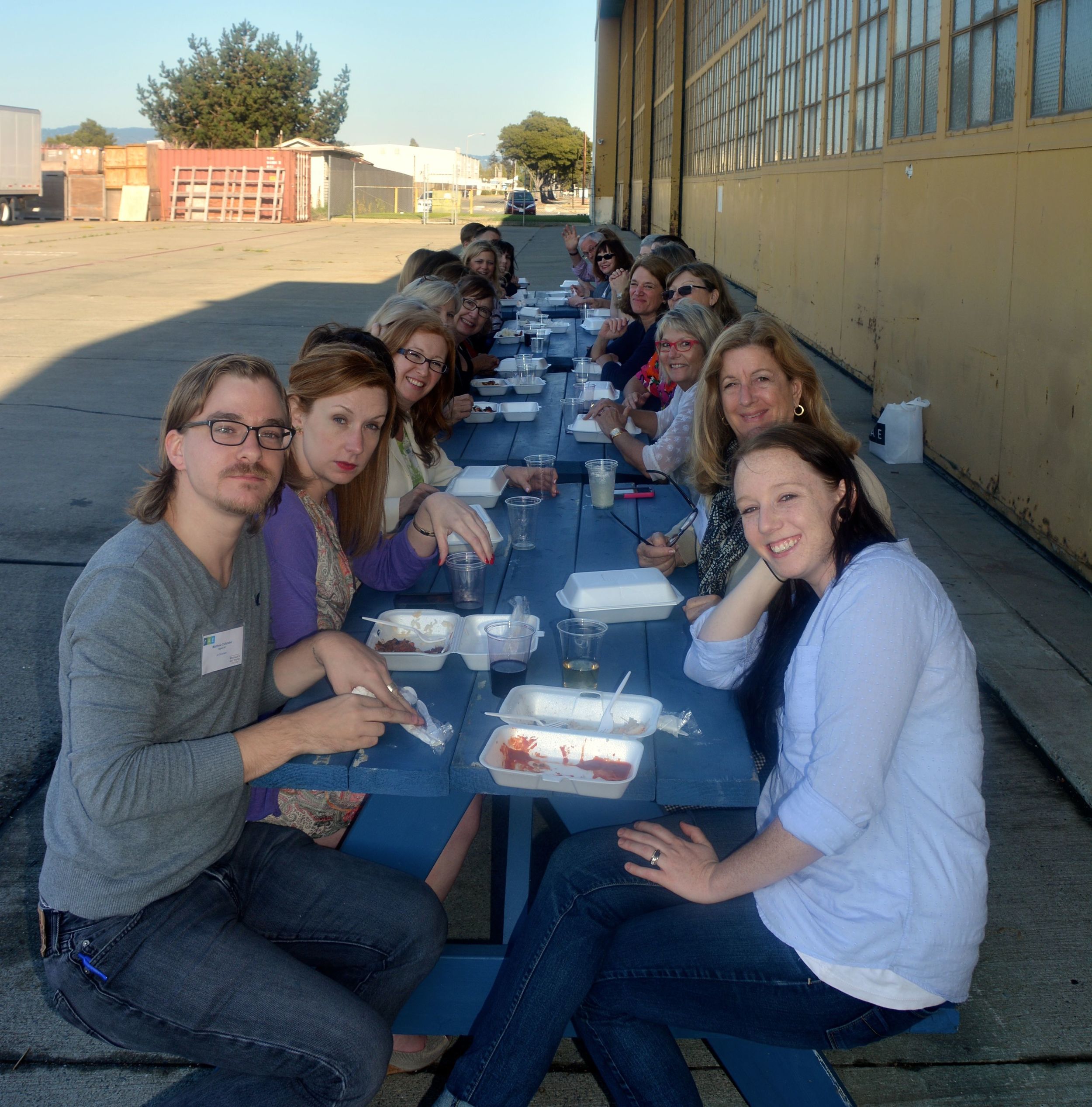
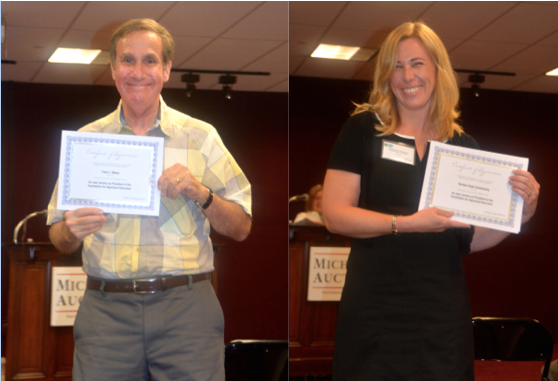
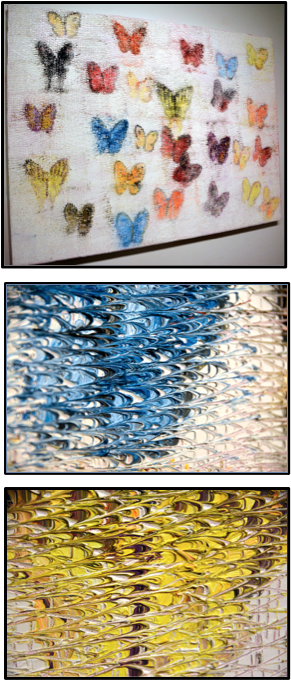 As I spent the afternoon walking through the galleries and snapping photographs, the necessity of experiencing contemporary art in person made itself readily apparent – as it always does. One just cannot get the full effect without being in the same room as the artwork, actually sharing the space and appreciating its scale, dimension, use of paint….the spectator has to engage with the result of all these factors. Photographs just don’t do justice.
As I spent the afternoon walking through the galleries and snapping photographs, the necessity of experiencing contemporary art in person made itself readily apparent – as it always does. One just cannot get the full effect without being in the same room as the artwork, actually sharing the space and appreciating its scale, dimension, use of paint….the spectator has to engage with the result of all these factors. Photographs just don’t do justice.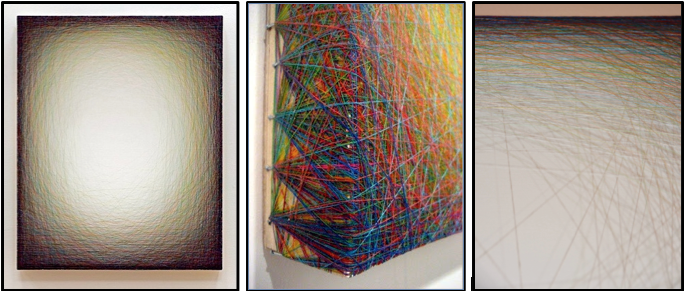


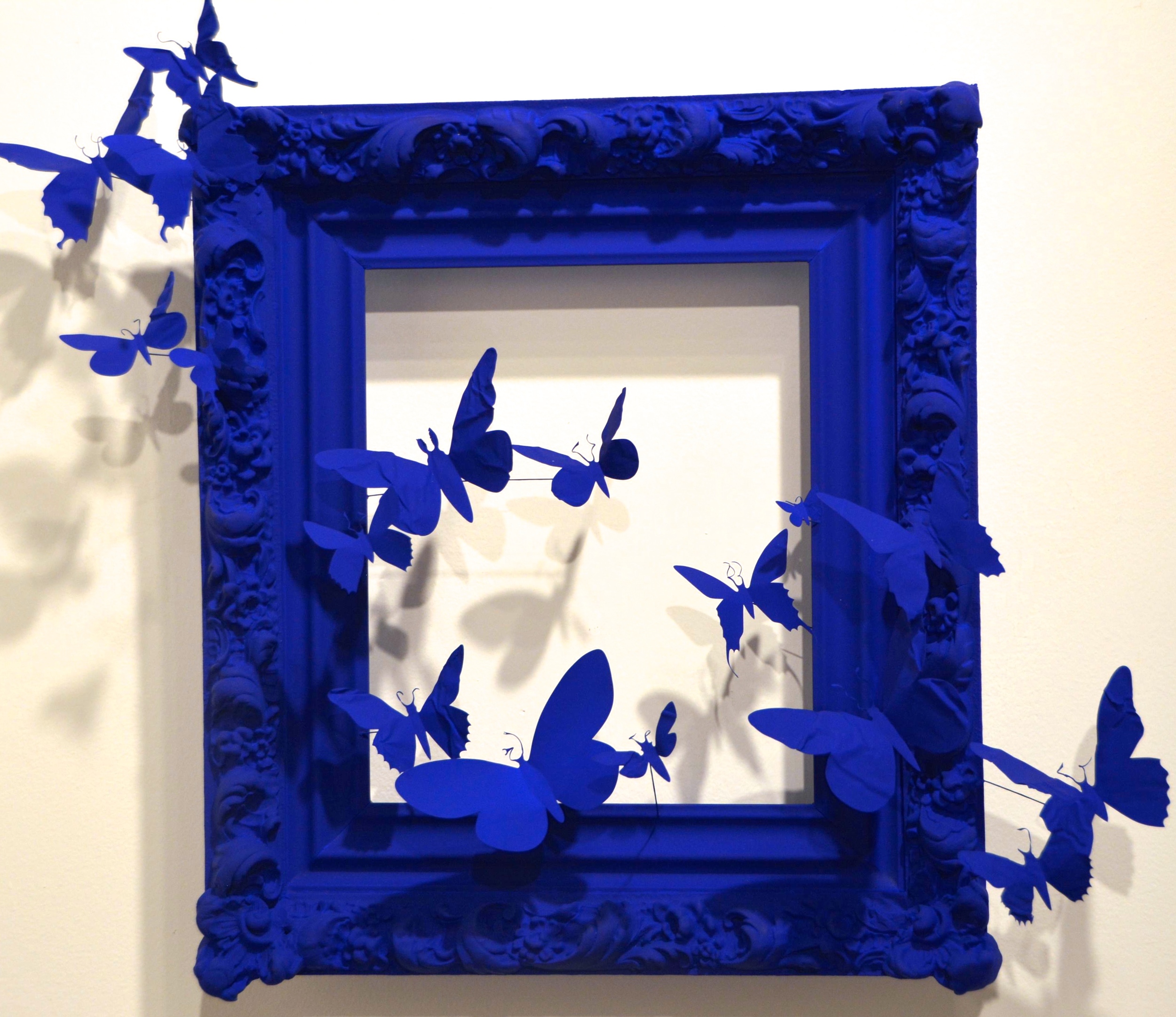
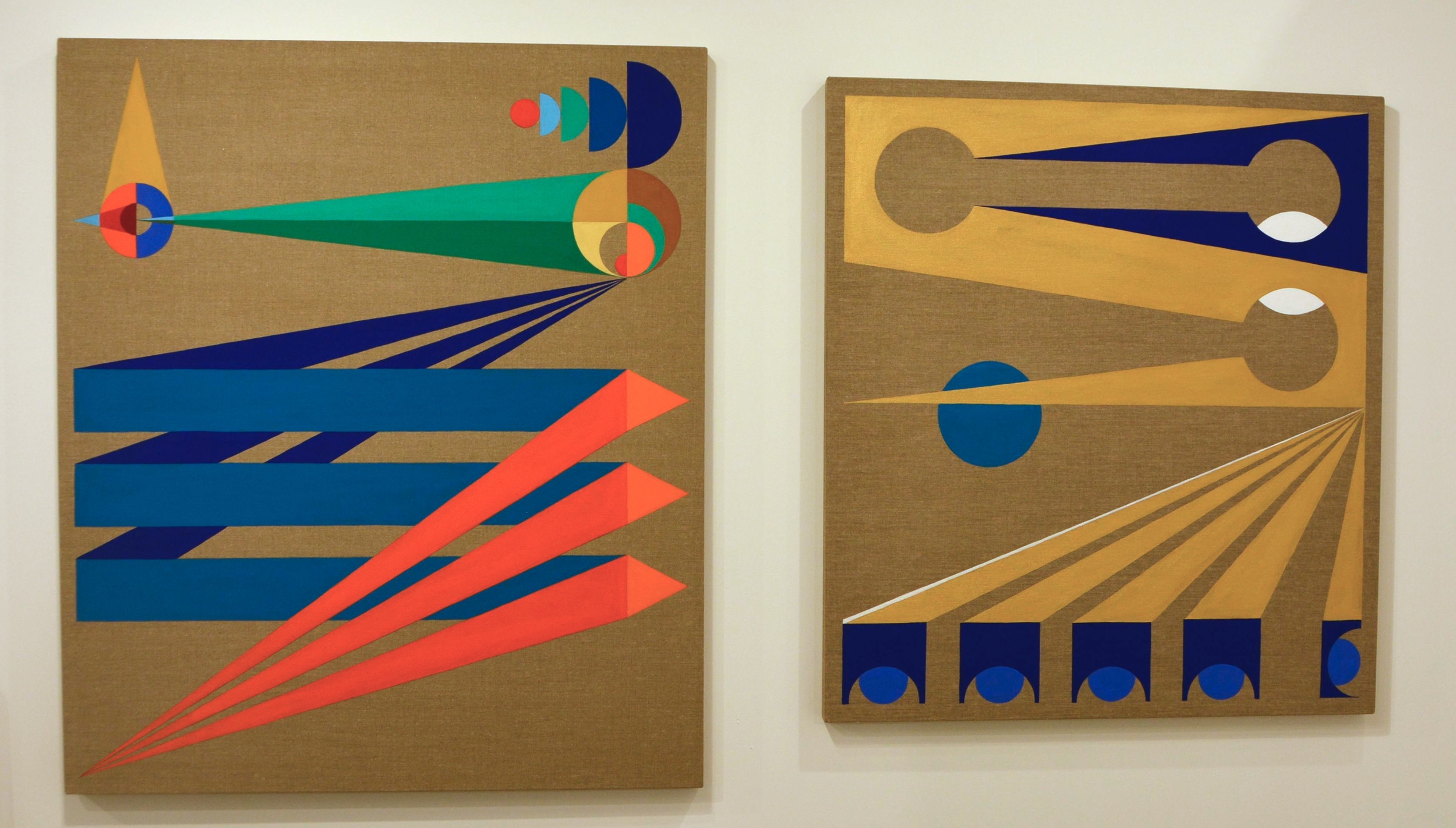
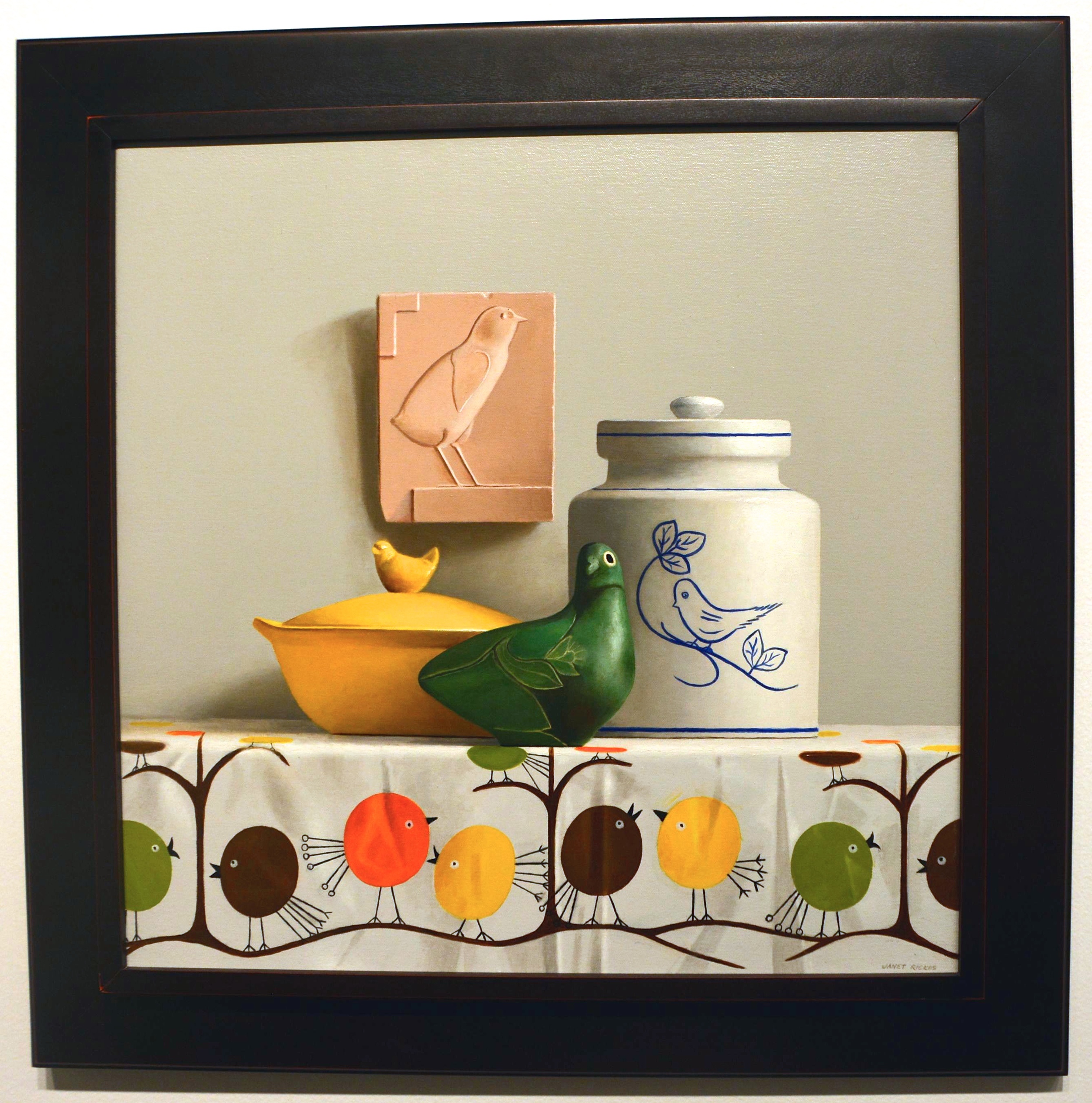 Here is “A Bird Painting” by Janet Rickus (American, b. 1949) of Gallery Henoch. Rickus paints realistic still life oil paintings, a lot of her work depicting fruit and vegetables in natural light.
Here is “A Bird Painting” by Janet Rickus (American, b. 1949) of Gallery Henoch. Rickus paints realistic still life oil paintings, a lot of her work depicting fruit and vegetables in natural light.